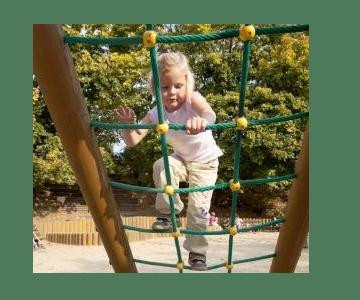Daylighting, How To (06-26-12)
The Daylighting Collaborative presents daylighting design guidelines at the web address noted below.
The Daylighting Collaborative presents daylighting design guidelines at the web address noted below.
Novotney reviews recent research on the psychological experience of noise.
A number of new articles provide insight into good park design.
Physical environments have a significant influence on the development of children.

A list of seven criteria that designers can immediately use to assess and improve playspaces has emerged from research and literature review.
This insightful article broadly reviews the influence of the physical environment on child development.
The physical environment can be a source of engagement and learning for young children or it can inhibit learning opportunities. In out of home child care, both center and family-based, the physical environment should support learning as much as possible. How does learning and the physical environment intersect?
There is a great obstacle for children of all abilities reaching their objective of engaged play. It is an element within the playground under the exclusive control of adults – surfacing!
In this article, we will focus on the final principle of the Play Behavior Framework, the Play Environment Design Criteria.
To create a environment for children of all abilities that is fully integrated and universally accessible, then approaching, entering, and using a play area should be a starting point for design—not the end result.